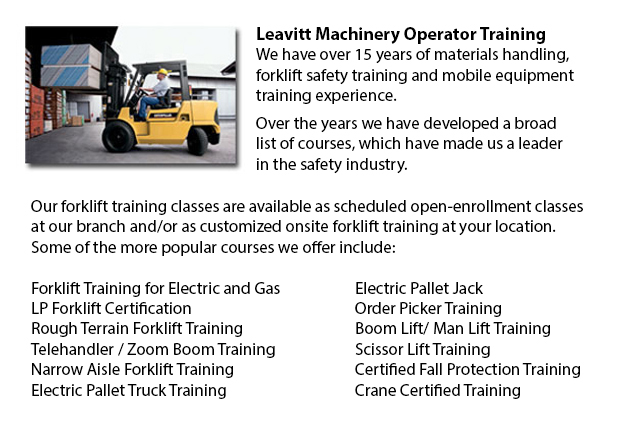
The scissor lift or platform lift, is a mechanical industrial lift that may be adapted to be used in retail, wholesale, manufacturing and production settings. Industrialized scissor lifts have been used predominantly within production and manufacturing facilities for many decades to effectively hoist and lower supplies, people and other equipment. The scissor lift is a platform with wheels that functions like a forklift. It is useful for duties that call for the mobility and rate of transporting individuals and materials into the air.
Scissor lifts can reach anywhere from 6.5 to 18.8 meters or 21 to 62 feet when completely extended. It is not like other models of lifts that utilize a straight support to raise its platform, rather it has folding supports directly underneath the platform that come together to stretch the platform upwards. Available with either an electric or hydraulic motor, the scissor lift provides a uneven ride due to the lift's design that keeps it from roaming with a steady velocity. Instead, it travels faster in the middle of its path and slows down with additional extension.
The original scissor lifts were initially designed in the 1970's. Great advancements in safety and materials have been made ever since then, but the fundamental design is still utilized. A relative to the lift truck, the scissor lift grew to become recognized for its portability and effectiveness, also becoming popular as they were the only mechanized platforms that could be effortlessly retracted to fit into the corner of a room. Contemporary scissor lifts are presently used in almost all areas of production and manufacturing. Utilized in the construction industry successfully on an rough terrain and widely used indoors among warehouses to automobile repair, these apparatus complete a varied workload.
-
Crown Forklift
More -
Terex Forklift
Terex Forklifts takes immense delight in manufacturing quality equipment that helps improve their customers' efficiency while standing by their mission to provide a cost effective yet reliable product line. Through several divestures and acquisitions... More -
Boom Lifts
Boom lifts are machinery that has a platform which could be lowered or lifted to many heights, therefore making this piece of equipment an important requirement in a wide variety of professions. Accessible in many different specialized types such as... More -
Pallet Stackers
Pallet stackers are a kind of pallet jack that might be used to stack, transfer and lift commodities positioned on a pallet that are far too burdensome for manual lifting. Mainly these mechanisms are used to load and unload goods from trucks and to t... More -
Hyster Forklift
Hyster is presently a global leader in forklifts and warehousing solutions. However, it began as a producer of lifting machinery and winches. Most of its production was focused in the northwest United States and dealt mostly with the wood and loggi... More

Forklift Training Avondale
TOLL FREE: 1-888-254-6157
Avondale, Arizona
forkliftcertificationavondale.com
Email Us
About Us


